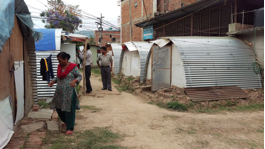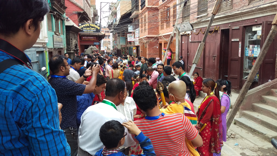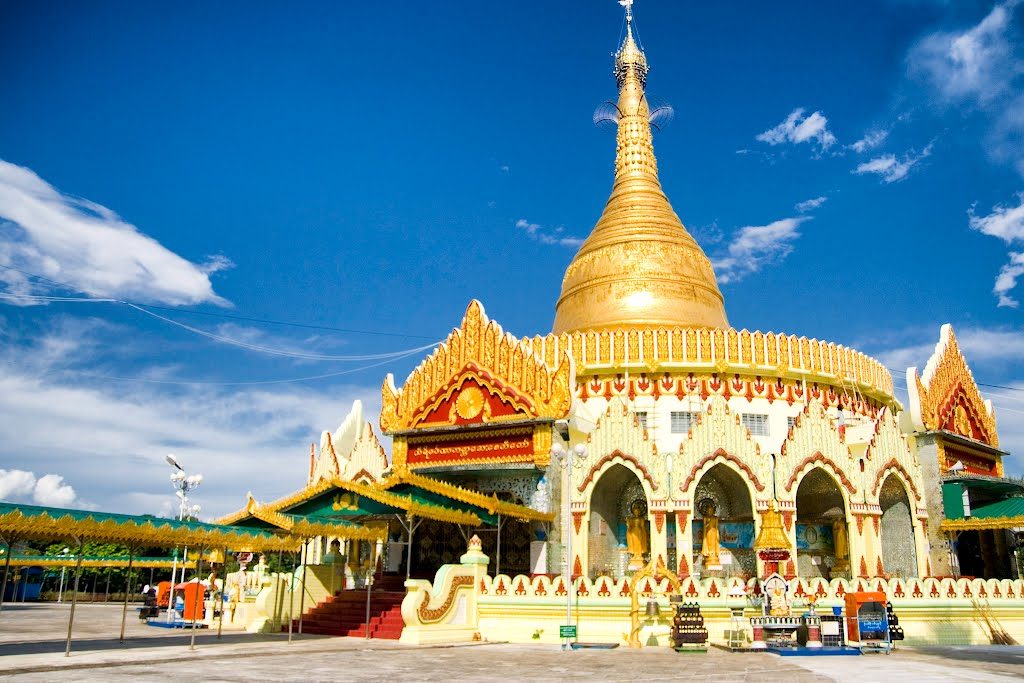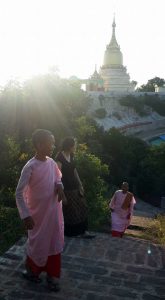By Sasha Manu
I had the privilege of living in a Chan Buddhist monastery in Southern China for one month. Nestled deep in a bamboo forest, the Jin’e Temple became the home of eighty-five participants from around the globe. The Woodenfish program, founded by Venerable Yifa, is an experimental education program occurring once per year, giving anyone the opportunity to experience the joys and rigors of life in a monastery. This was by no means an easy experience, but, paradoxically, I found freedom through the restrictions of daily monastic life.
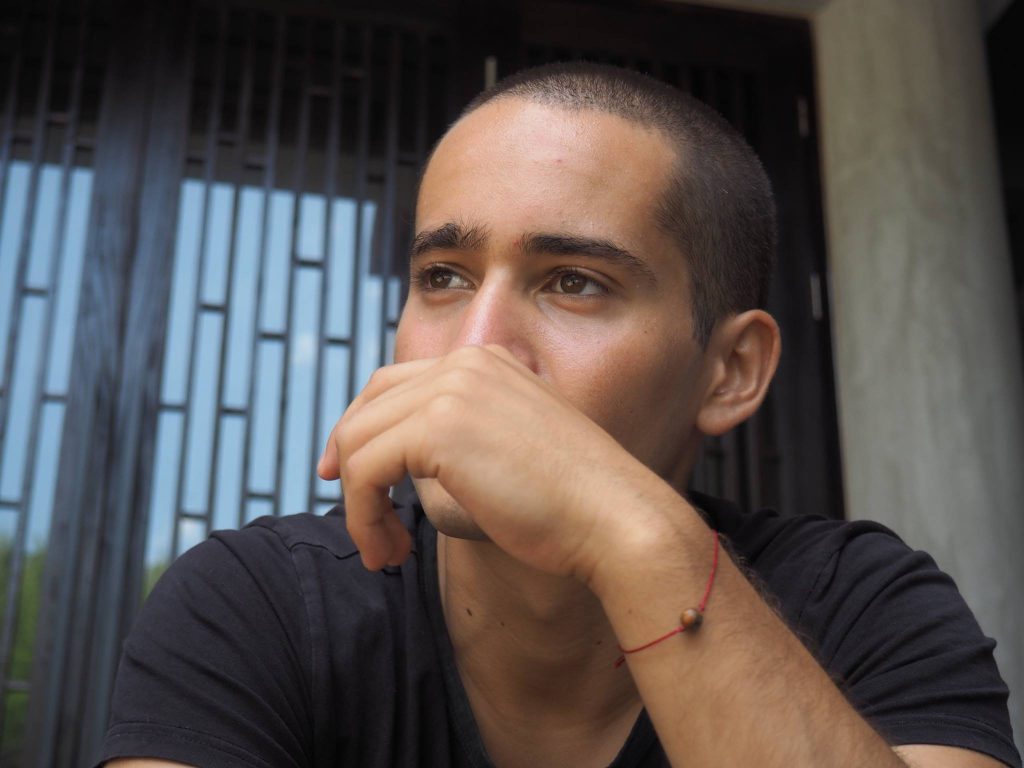
Our days began at sunrise and were filled with Tai Chi, Buddhist lectures, chanting and many kinds of meditation. At first, the schedule was difficult to adjust to. We had very little free time, and much of it was spent napping and doing laundry. Our days were formulaic and filled with regulations such as silence in certain areas, mealtime etiquette, and uniforms. We also kept the four postures of Zen wherever we went: walk like the wind, stand like a pine tree, sleep like a bow and sit like a bell. Despite the initial mental resistance, once these habits were well formed, I felt liberated and my mind began to calm. Throughout the program, we were visited by masters of all kinds, including Shaolin Monks, painters, calligraphers and musicians. Oftentimes, I felt as if I was in the middle of a Zen fable, as one day, the painting teacher, midway through one of his pieces said: “This painting is already finished, you just can’t see it.”
Meditation wasn’t confined to the cushion; every moment was seen as an opportunity to cultivate awareness, whether walking, eating, drinking tea or resting. An attitude we were made to adopt from the start was: “If you like it, it’s a blessing. If you don’t, it’s a cultivation.” Whether it relates to the strict protocols of mealtime, chanting, or evening Vespers, this mantra was a useful tool throughout. The daily routine of the monastery was adjusted as we entered a 7-day silent meditation retreat. I emerged with a renewed sense of purpose and some incredible insights into myself, and the world. The majority of my peers had similar experiences, while some carry mystical stories they won’t soon forget. After the retreat we set out to Mount Putuo, a sacred Buddhist mountain where we performed a truly transformative “three steps one prostration pilgrimage.” Over the course of the month, I met unique people, from diverse backgrounds, living all over the world. Yet, we all gathered in a small Chinese monastery for a singular purpose: to better ourselves. This common purpose created bonds of friendship that I’m certain will stand the test of time. Together, we developed habits and practices that will help us lead peaceful, joyous and compassionate lives.
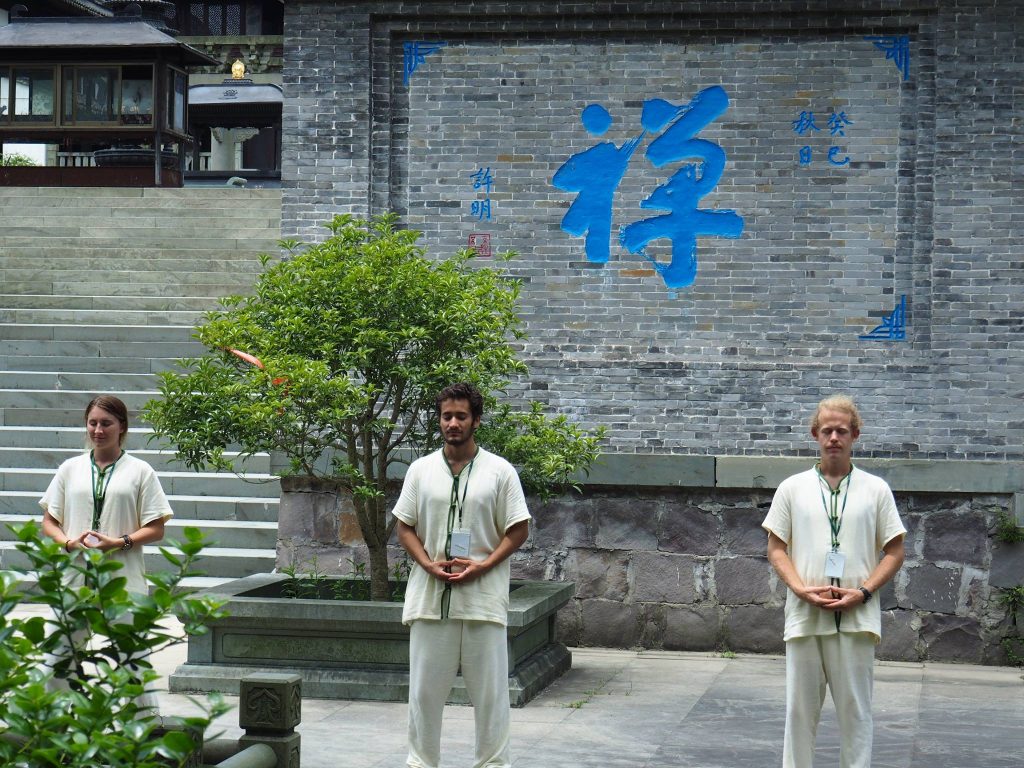

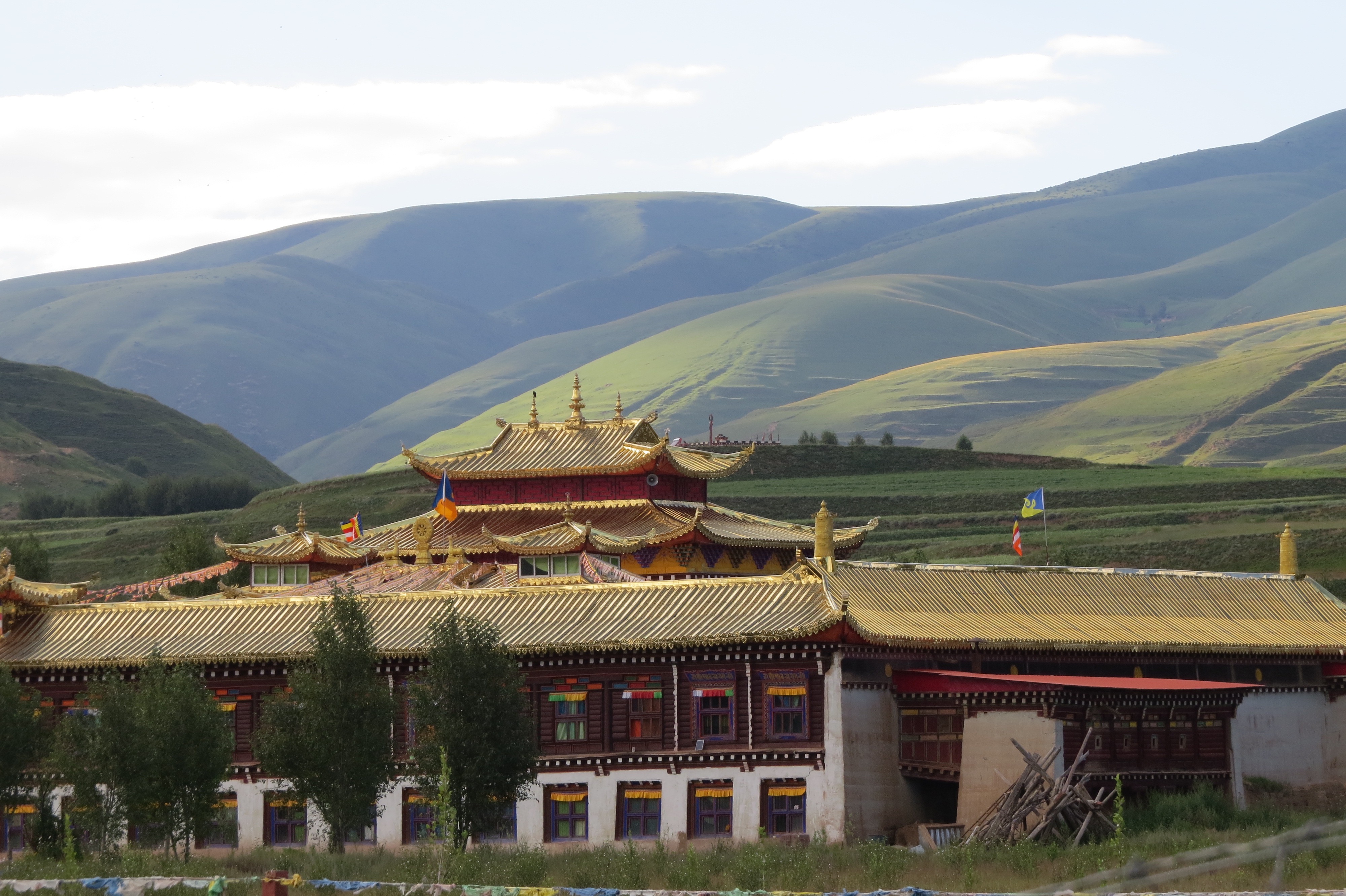
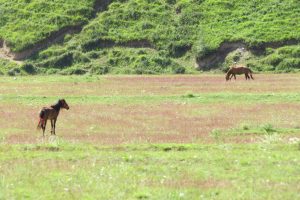


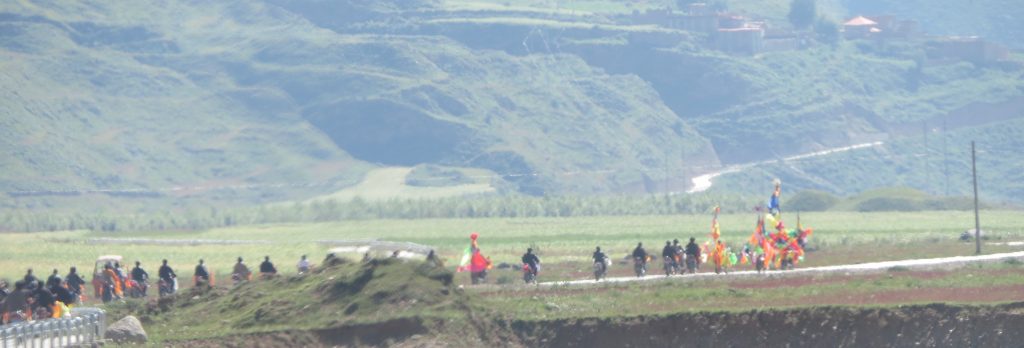
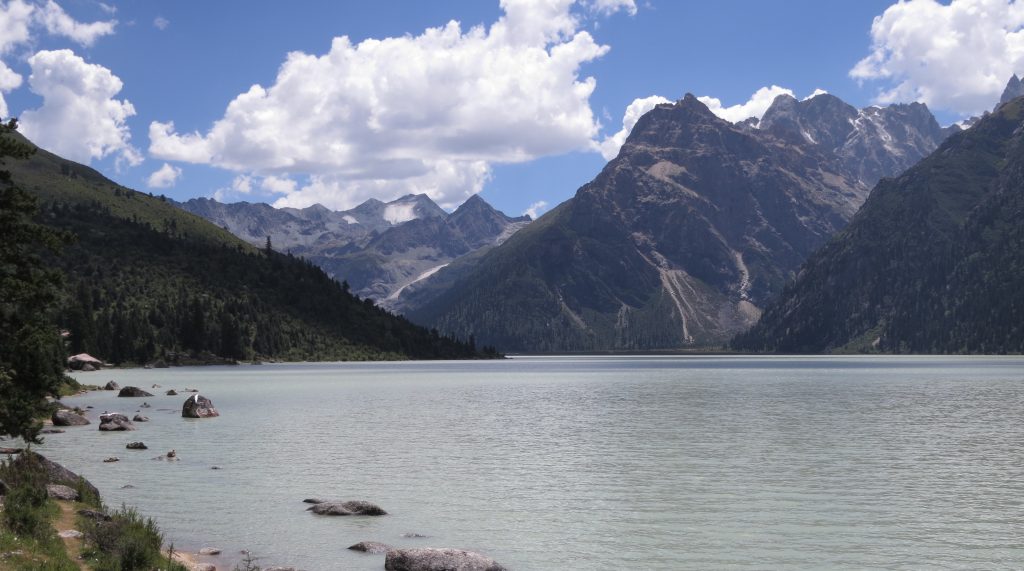
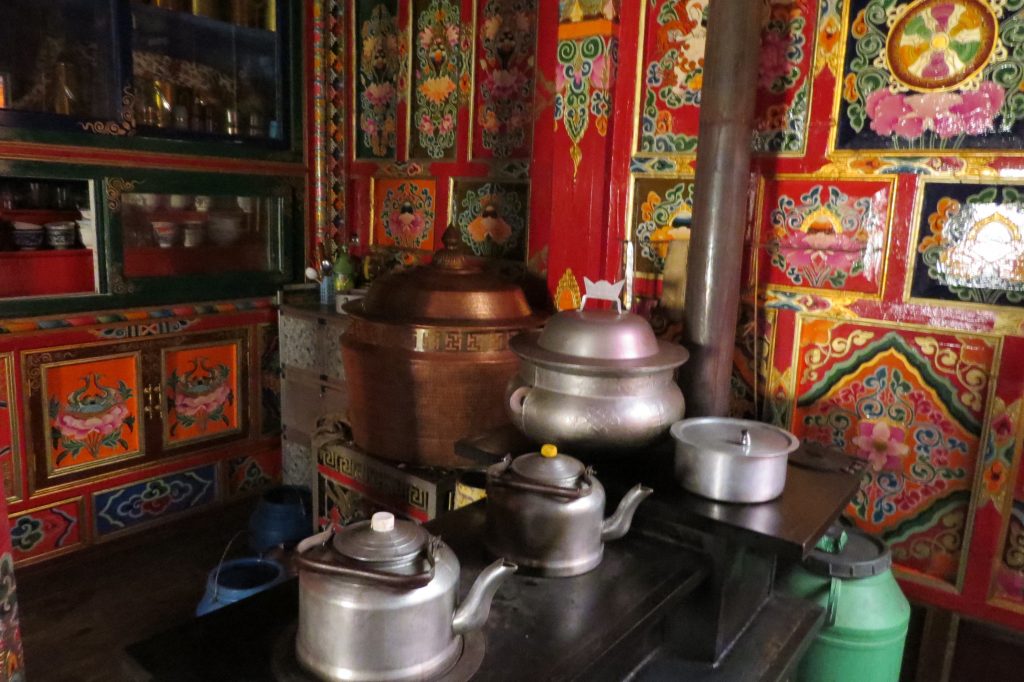

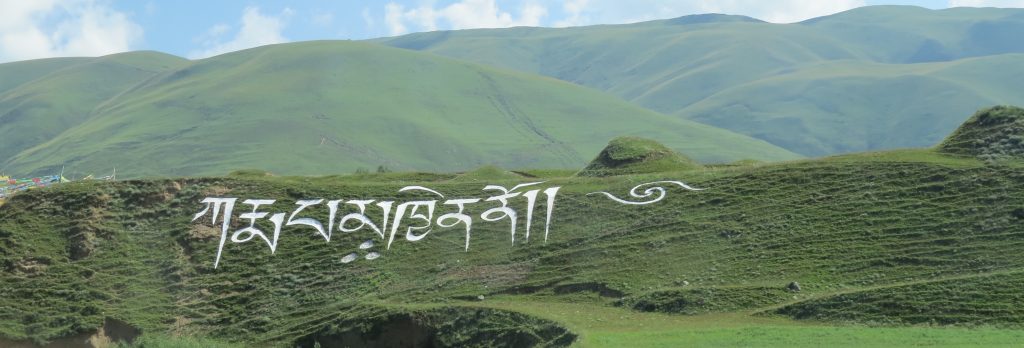
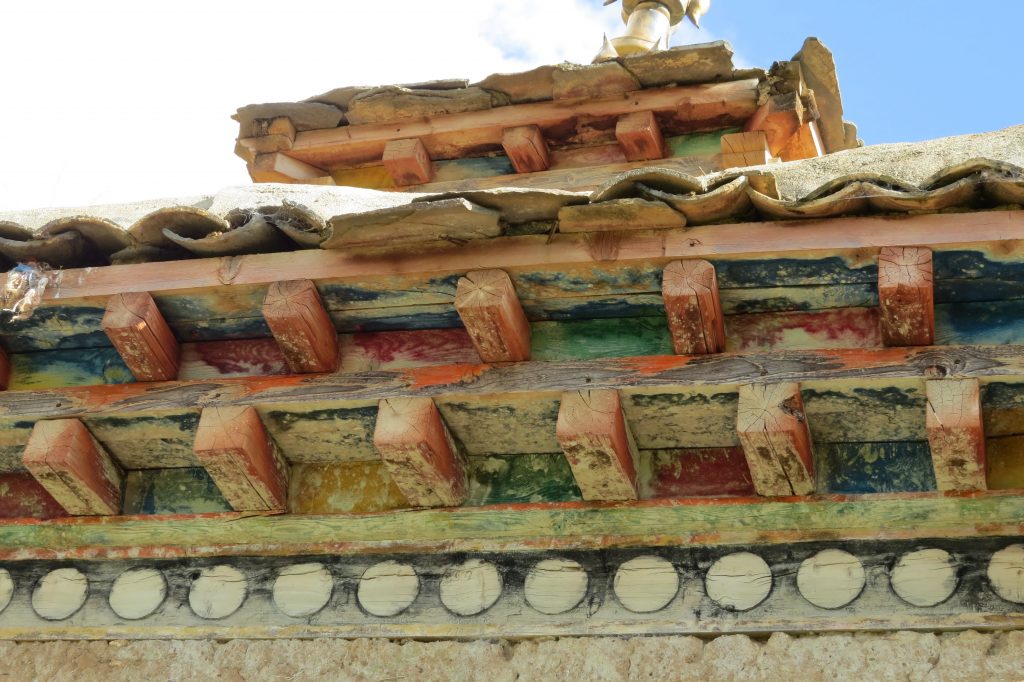
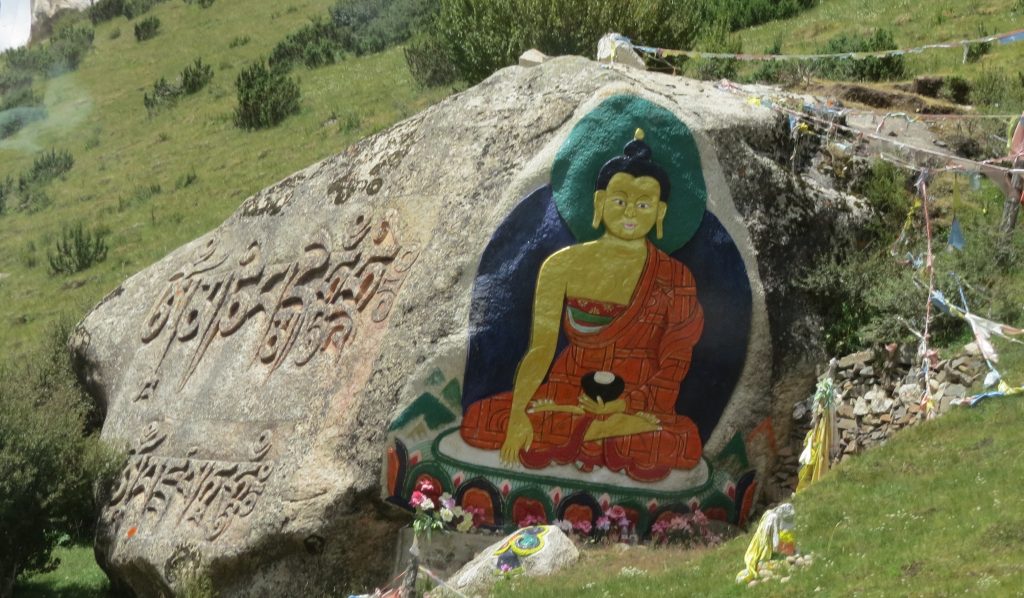
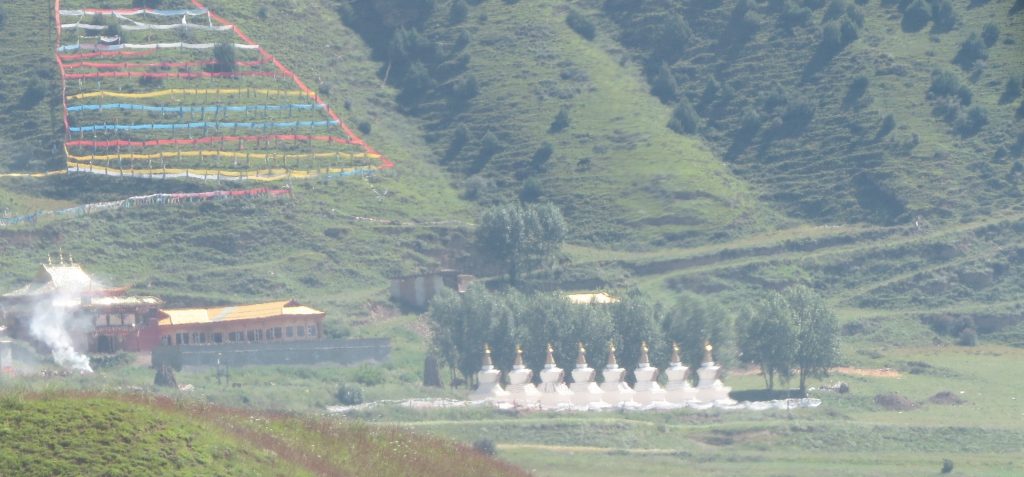
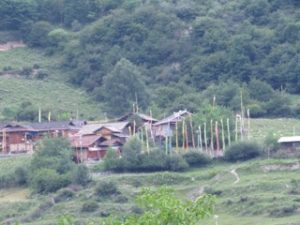
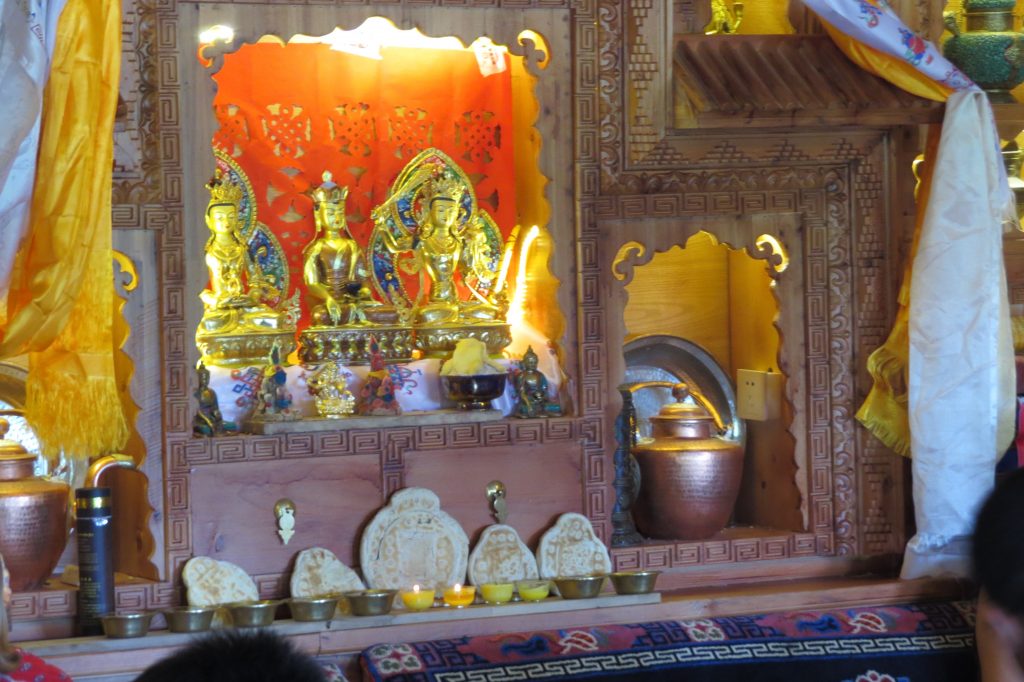

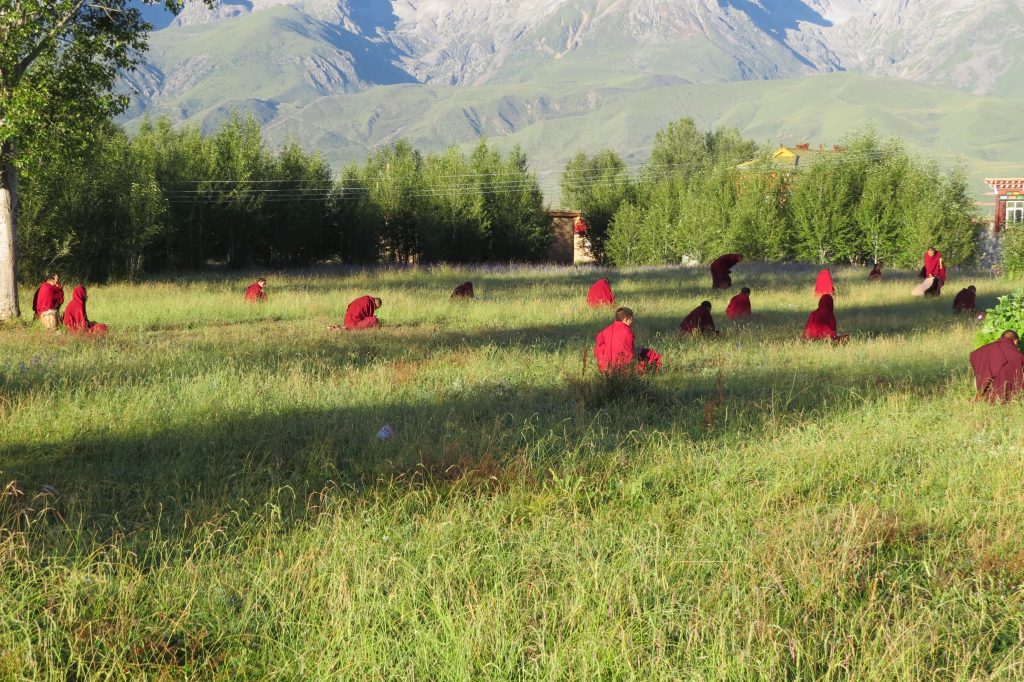


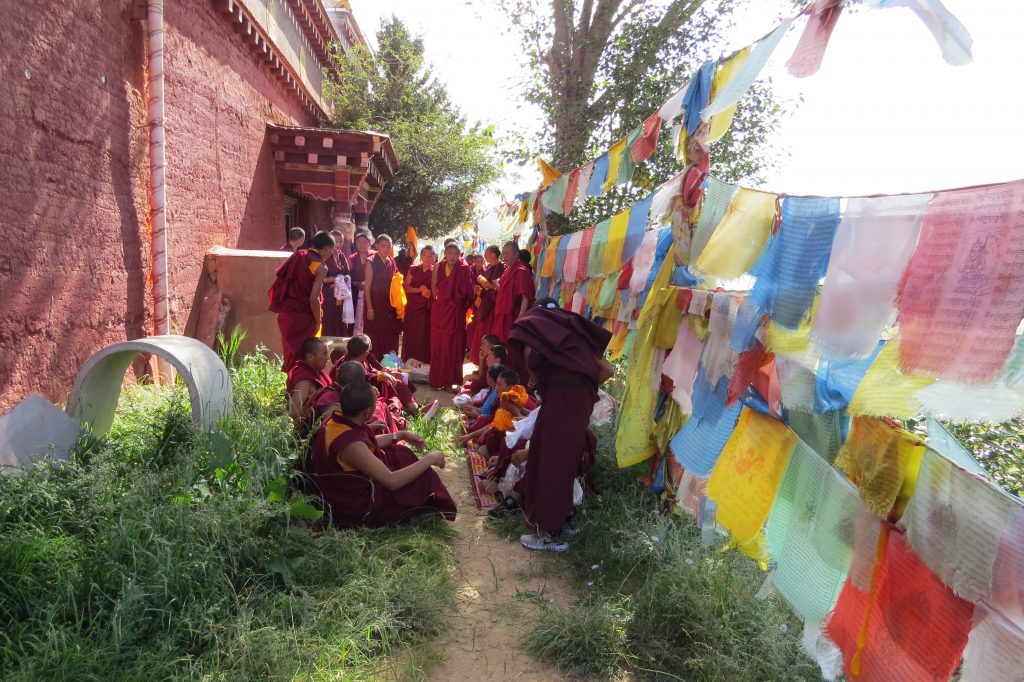
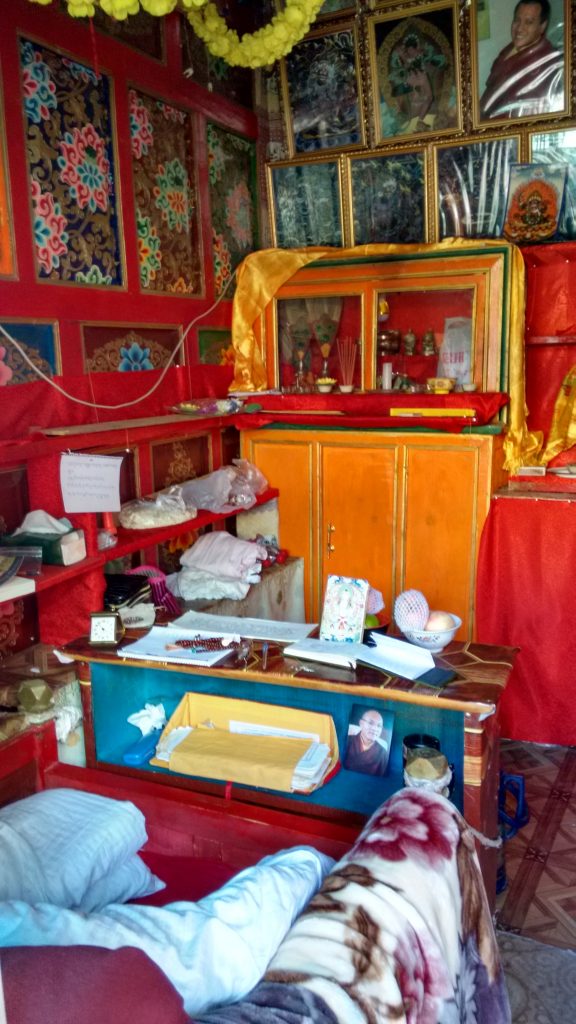
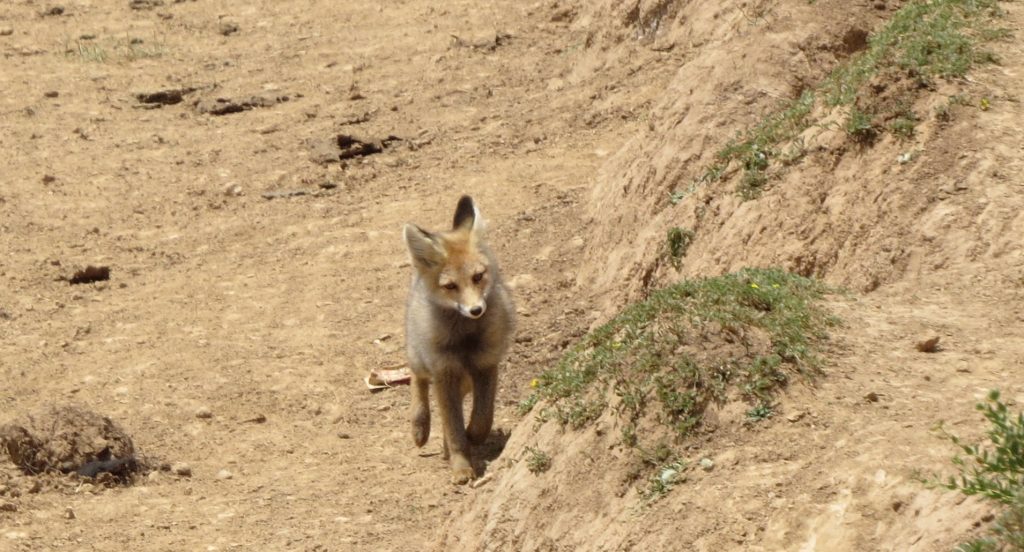

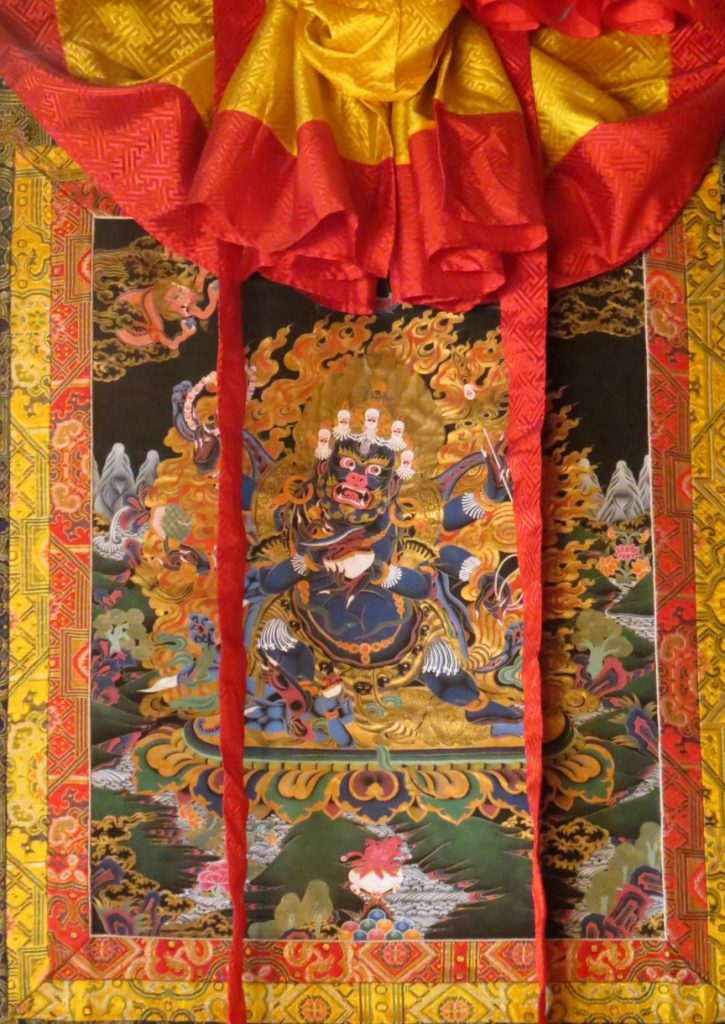

 s come close: for instance, the Śivapūraṇa and Viṣṇupūraṇa have prefaces about the virtues of the texts, and how they should be used, but from the paratextual studies perspective, this is still a paratext: not incorporated into the body of the text in the same way the passages found in Mahāyāna passages are. This really emphasises a point that needs to be understood about these passages in Mahāyāna sūtras, they are not paratextual, but act like paratexts: they are interspersed throughout the text and are not prefatorial or introductory. My theory on why this is so, is that prefaces and introductions, being paratextual, may be discarded in the process of textual transmission, but if hardwired into the text itself, they are less likely to suffer this consequence, both making the passages more resilient parts of the whole and underlining their importance to the redactors of the Mahāyāna texts.
s come close: for instance, the Śivapūraṇa and Viṣṇupūraṇa have prefaces about the virtues of the texts, and how they should be used, but from the paratextual studies perspective, this is still a paratext: not incorporated into the body of the text in the same way the passages found in Mahāyāna passages are. This really emphasises a point that needs to be understood about these passages in Mahāyāna sūtras, they are not paratextual, but act like paratexts: they are interspersed throughout the text and are not prefatorial or introductory. My theory on why this is so, is that prefaces and introductions, being paratextual, may be discarded in the process of textual transmission, but if hardwired into the text itself, they are less likely to suffer this consequence, both making the passages more resilient parts of the whole and underlining their importance to the redactors of the Mahāyāna texts. oined by their very skilled daughter Emilia, who usually won! The food was a mixture of Newar and Italian cuisine, and was always more than satisfying. Newar food was very agreeable for me, as it is not too spicy, dry, and quite mild overall. The exception would be beaten rice, baji, to which I never managed to get used.
oined by their very skilled daughter Emilia, who usually won! The food was a mixture of Newar and Italian cuisine, and was always more than satisfying. Newar food was very agreeable for me, as it is not too spicy, dry, and quite mild overall. The exception would be beaten rice, baji, to which I never managed to get used.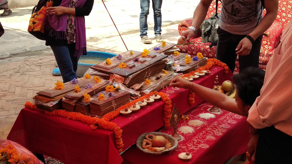 f the rite was in Kathmandu rather than Lalitpur was that it was a very sacred location. It may also have been an opportunity for the Bajrācārya Pūjāvidhi Adhyayan Samiti to get in touch with the wider public outside of Lalitpur. The rite took place on Friday, the 10th of May, the full moon day (Pūrṇimā) of the month of Caitra, and its official name was the Nava Sūtra Pāṭha, or reading of the nine sūtras. It was paired with a rite called the Saptavidhānottara, or the performance of the seven higher rites—a series of ritual offerings, involving complex mudra choreography, representatives of the five Buddhas, and a massive maṇḍala. These rites had separate sponsors, but according to one specialist, Deepak Bajracharya, were done on the same day on the same location because it is difficult to get so many priests free on the same day. As for the priests who participated, the rite involved 108 Vajrācārya from not only Lalitpur, but also Kathmandu, Bhaktapur, Thimi, Kirtipur, and Bungamati. While the main sponsors were from Lalitpur, the other supporting sponsors included many Buddhist devotees from around the world, including Taiwan.
f the rite was in Kathmandu rather than Lalitpur was that it was a very sacred location. It may also have been an opportunity for the Bajrācārya Pūjāvidhi Adhyayan Samiti to get in touch with the wider public outside of Lalitpur. The rite took place on Friday, the 10th of May, the full moon day (Pūrṇimā) of the month of Caitra, and its official name was the Nava Sūtra Pāṭha, or reading of the nine sūtras. It was paired with a rite called the Saptavidhānottara, or the performance of the seven higher rites—a series of ritual offerings, involving complex mudra choreography, representatives of the five Buddhas, and a massive maṇḍala. These rites had separate sponsors, but according to one specialist, Deepak Bajracharya, were done on the same day on the same location because it is difficult to get so many priests free on the same day. As for the priests who participated, the rite involved 108 Vajrācārya from not only Lalitpur, but also Kathmandu, Bhaktapur, Thimi, Kirtipur, and Bungamati. While the main sponsors were from Lalitpur, the other supporting sponsors included many Buddhist devotees from around the world, including Taiwan.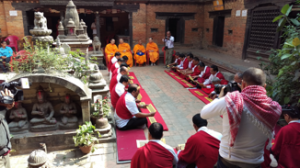 e performance of another rite involving the Navagrantha. This time it was the ritual recitation of the Lalitavistara Sūtra, the Mahāyāna version of the life of the Buddha up to his awakening. This was a unique occasion as the rite was sponsored and attended by Theravāda monks originally from Thailand who are now working for Dhammachai International Research Institute based in Sydney, Australia. One of these monks, Phra Weeachai, explained that they were in Nepal to collect manuscripts, but were invited by Naresh Man to observe the pūjā.
e performance of another rite involving the Navagrantha. This time it was the ritual recitation of the Lalitavistara Sūtra, the Mahāyāna version of the life of the Buddha up to his awakening. This was a unique occasion as the rite was sponsored and attended by Theravāda monks originally from Thailand who are now working for Dhammachai International Research Institute based in Sydney, Australia. One of these monks, Phra Weeachai, explained that they were in Nepal to collect manuscripts, but were invited by Naresh Man to observe the pūjā.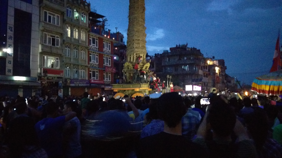 instance, the chariot is met by a smaller version pulled by teenage boys, and at one point one of the Kumārīs, or girl goddesses, exits from her shrine to greet the chariot as it passes. This year, not all of the electrical cables had been cut across the streets, meaning that at one point, the smaller chariot had to force its way through the wires, forcing everyone who was standing behind that wire have to jump out of the way to dodge the cable! The cable snapped off each pole down the street, to what seemed to be the entire length of the cable around a bend in the street.
instance, the chariot is met by a smaller version pulled by teenage boys, and at one point one of the Kumārīs, or girl goddesses, exits from her shrine to greet the chariot as it passes. This year, not all of the electrical cables had been cut across the streets, meaning that at one point, the smaller chariot had to force its way through the wires, forcing everyone who was standing behind that wire have to jump out of the way to dodge the cable! The cable snapped off each pole down the street, to what seemed to be the entire length of the cable around a bend in the street.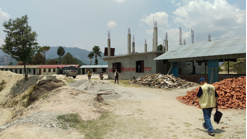 one side by a sheer drop of thousands of feet. The driver said that these roads were no problem compared to those going up to Gorkha! At the top, we visited a Tamang temple which was being rebuilt, after being devastated in the earthquake last year. The original temple had been built with mud brick and was being replaced by one with steel reinforcement and concrete with funding from BLIA. On another mountain peak was Shree Tapeshwor Higher Secondary School, which had been rebuilt entirely with BLIA funds. The view from the mountain was quite breath-taking, and after going down into the valleys for lunch, we proceeded back to Banepa, where we observed the shelters that had been built for urban families who had lost their homes in the earthquake. At that point, the majority of the people who had benefited from these shelters had been rehoused, meaning the project, overall, was a success. One can only pray that the next earthquakes are weaker, and the buildings are made more resilient.
one side by a sheer drop of thousands of feet. The driver said that these roads were no problem compared to those going up to Gorkha! At the top, we visited a Tamang temple which was being rebuilt, after being devastated in the earthquake last year. The original temple had been built with mud brick and was being replaced by one with steel reinforcement and concrete with funding from BLIA. On another mountain peak was Shree Tapeshwor Higher Secondary School, which had been rebuilt entirely with BLIA funds. The view from the mountain was quite breath-taking, and after going down into the valleys for lunch, we proceeded back to Banepa, where we observed the shelters that had been built for urban families who had lost their homes in the earthquake. At that point, the majority of the people who had benefited from these shelters had been rehoused, meaning the project, overall, was a success. One can only pray that the next earthquakes are weaker, and the buildings are made more resilient.